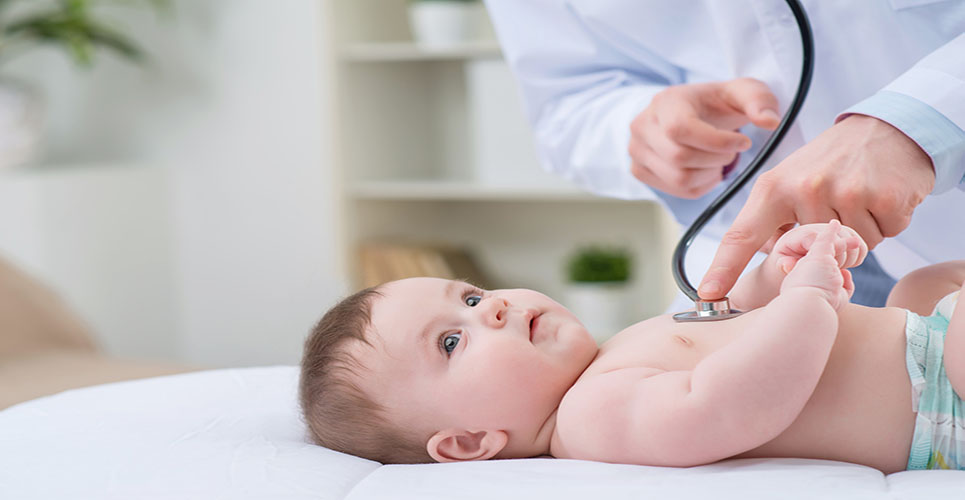teaser
Bayer Schering Pharma AG successfully completed the procedure for securing approval to use the contrast medium Gadovist 1.0 in children aged seven and above in Europe’s main markets.
Germany will start to introduce Gadovist 1.0 for this new indication in January of this year. In addition, the Swiss Regulatory Authorities have approved Gadovist 1.0 for the use in children aged 2 years and older.
“When it comes to drugs, children are not simply little adults. For this reason, we incorporated a new scientific approach within the study program that helped us to substantially reduce the number of samples per child and the number of patients,” said Professor Hans Maier, Head of Diagnostic Imaging at Bayer Schering Pharma. “We are very pleased that we will soon be able to provide radiologists with our all-rounder Gadovist for use in children aged seven and older. We will cooperate with the authorities and will submit further data if requested with the prospect of securing approval for the use of Gadovist 1.0 in children under the age of seven in Europe’s main markets.”
Gadovist is approved for the most frequently conducted magnetic resonance tomography (MRT) examinations which are enhanced by contrast media. These include blood vessel imaging and examinations of the central nervous system, the liver and the kidney. Submission for approval for the pediatric indication is currently underway in all other countries in which Gadovist has been approved for adults.
The open multi-centre study, which was necessary for securing an indication extension for Gadovist, involved 140 children and adolescents aged 2 to 17 who were scheduled for a contrast-enhanced MRT scan. The study investigated the pharmacokinetics (distribution and excretion) as well as the safety and tolerability of Gadovist in young patients. It also undertook an assessment of imaging quality. It was shown that Gadovist is well-tolerated in this patient group too. The study also showed that the dosage recommendation based on body weight, which is routine in adults, can also be applied in the case of children.

